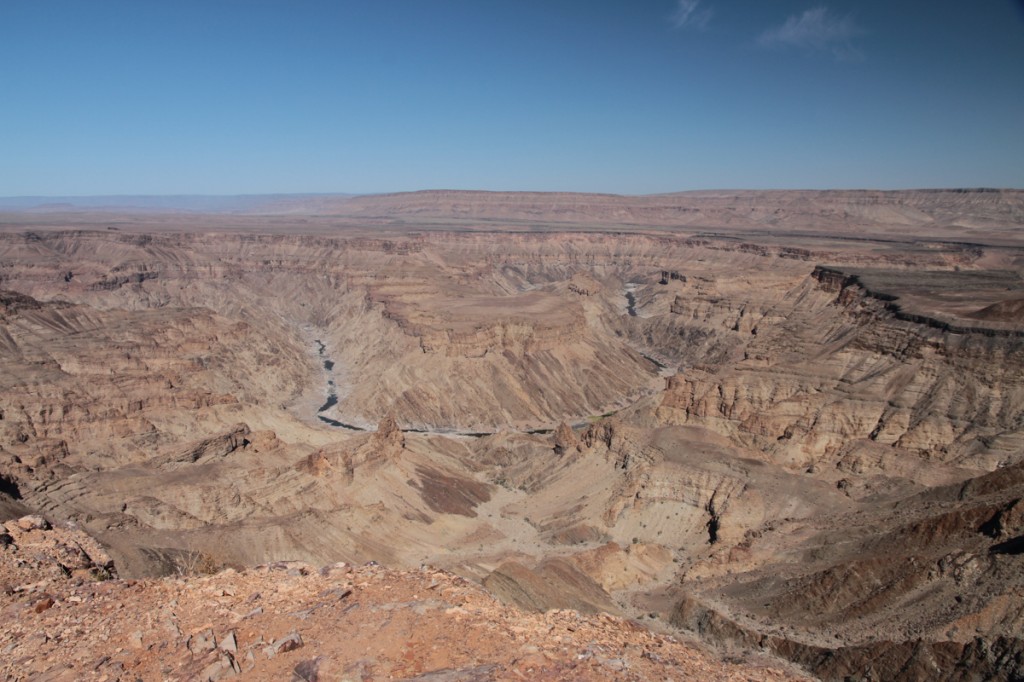 Namibia has a lot of open space, something we experienced with our second day of driving on what was to be one of our longer stints in the car, about 5 hours. The route took us due south to the southern tip of Namibia. Our paved road soon turned to gravel and other cars became fewer and farther between. In this and many other areas of Namibia it’s not uncommon to travel an hour or more without seeing another car or any other signs of human life. Although the roads are gravel they are wide and well maintained so you can comfortably travel about 45 mph.
Namibia has a lot of open space, something we experienced with our second day of driving on what was to be one of our longer stints in the car, about 5 hours. The route took us due south to the southern tip of Namibia. Our paved road soon turned to gravel and other cars became fewer and farther between. In this and many other areas of Namibia it’s not uncommon to travel an hour or more without seeing another car or any other signs of human life. Although the roads are gravel they are wide and well maintained so you can comfortably travel about 45 mph.
Wildlife was primarily springbok and oryx with the occasional ostrich thrown in. At one point I couldn’t help stopping the car so Savanna and I could try to chase one down. Of course we didn’t get close, good thing since they can kill a person in a single kick.
All animals in this area have special adaptations to life in the desert. The oryx, also known as gemsbock, has excelled at water conservation, getting most of it’s water from feeding on vegetation at night. I’ve read it can live anywhere from 9 months to it’s whole life without actually drinking water. I haven’t found a reliable source on this point but regardless, it can live a long time without water.
The oryx has the ability to raise their body temperatures by up to 6 degrees without suffering any ill effects. The desert has a smattering of trees and under each one you invariably see an oryx. Those out in the open are often standing lifeless, with their heads down, likely trying to keep their body temperature down.
Our accommodations for the night was the Canon Roadhouse, a campground and lodge located about 10 miles from the canyon. Various automobile paraphernalia are scattered around the grounds including the front half of a old car with a tree growing out of the hood. The bar/restaurant is eclectically decorated with road signs and license plates from around the world. Within a few miles of the campground we saw our first zebras of the trip, the threatened mountain species that has been given sanctuary in this remote area of Namibia.
The Fish River carved what is considered to be the second largest canyon in the world measuring in at 100 miles long and up to 27 miles wide. The park that abuts the South Africa border where a similar park resides on the other side. The two countries joined forces to make a continues protected area spanning the border. Unlike the grand canyon nothing separates you from the long drop down, no a railing in sight. A rim road travels several miles with frequent pull offs for a more close up view where you can walk or drive to the edge. Thankfully The Rig is four wheel drive as the road is not suitable for cars.
The scenery is spectacular and unlike the Grand Canyon it is totally quite, eerily so. You don’t hear helicopters or planes off in the distance. With the exception of the occasional car you pass on the rim road, no other people are in sight.
I think this silence is becoming a signature of Namibia for us. Hours spent without seeing another person and the consequent lack of any man made sound is not a common feeling for us having grown up in the northeast US. Along with the scenery it is something to experience. There are few places in the world now where you can truly experience silence.

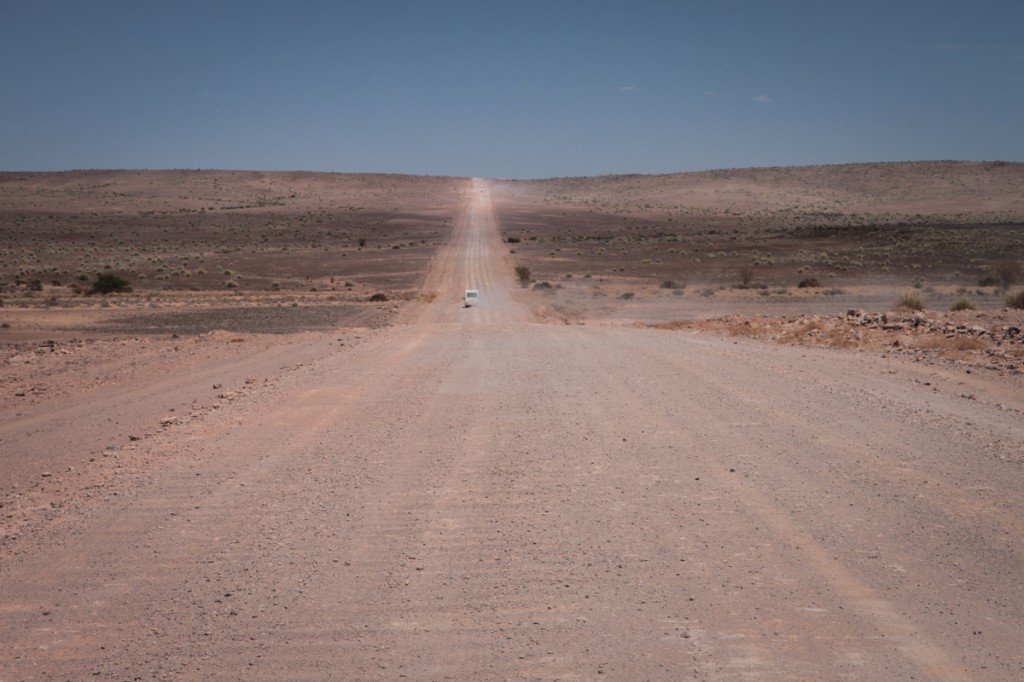
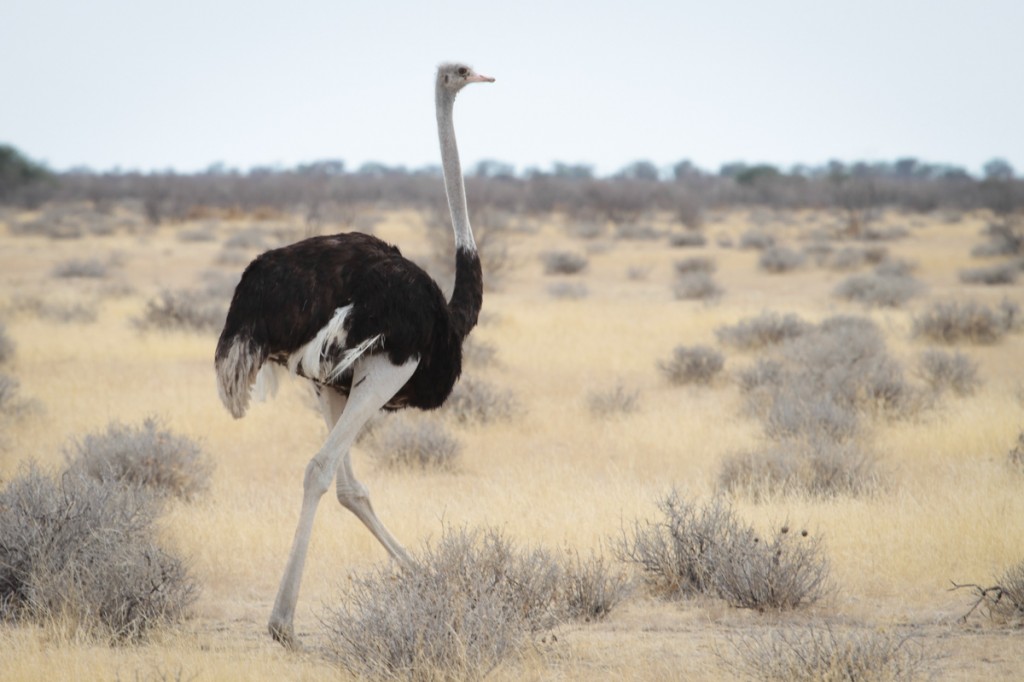
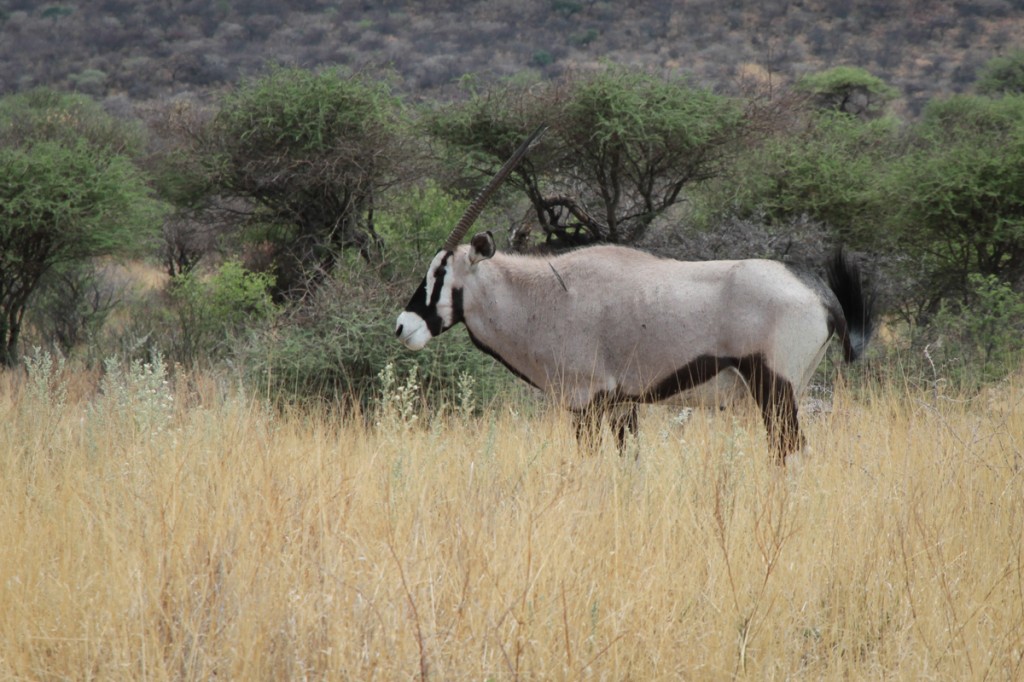
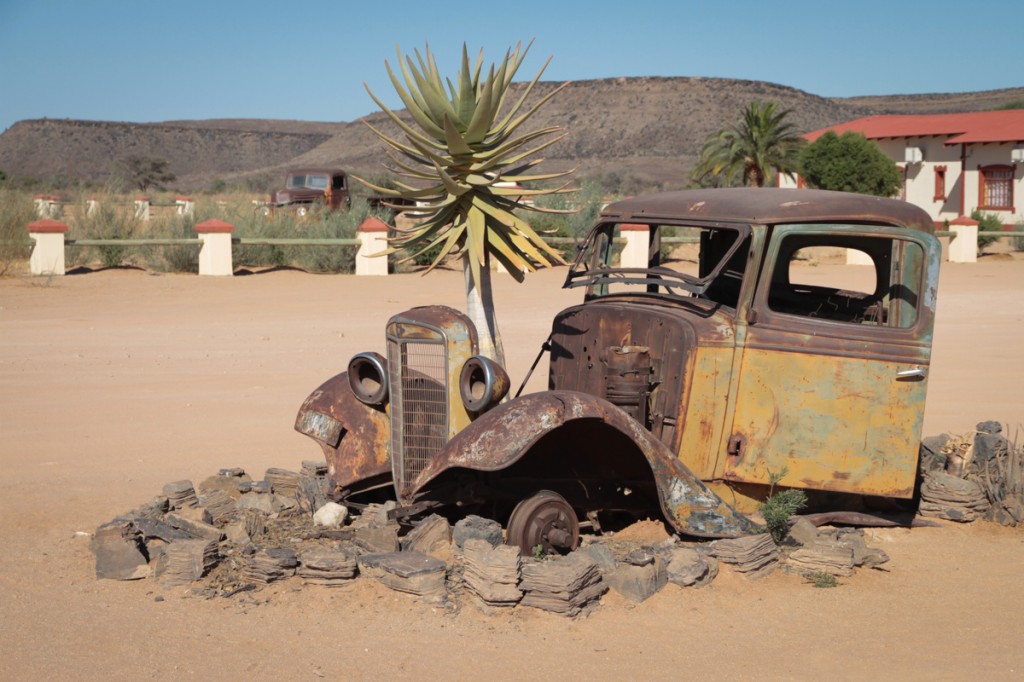
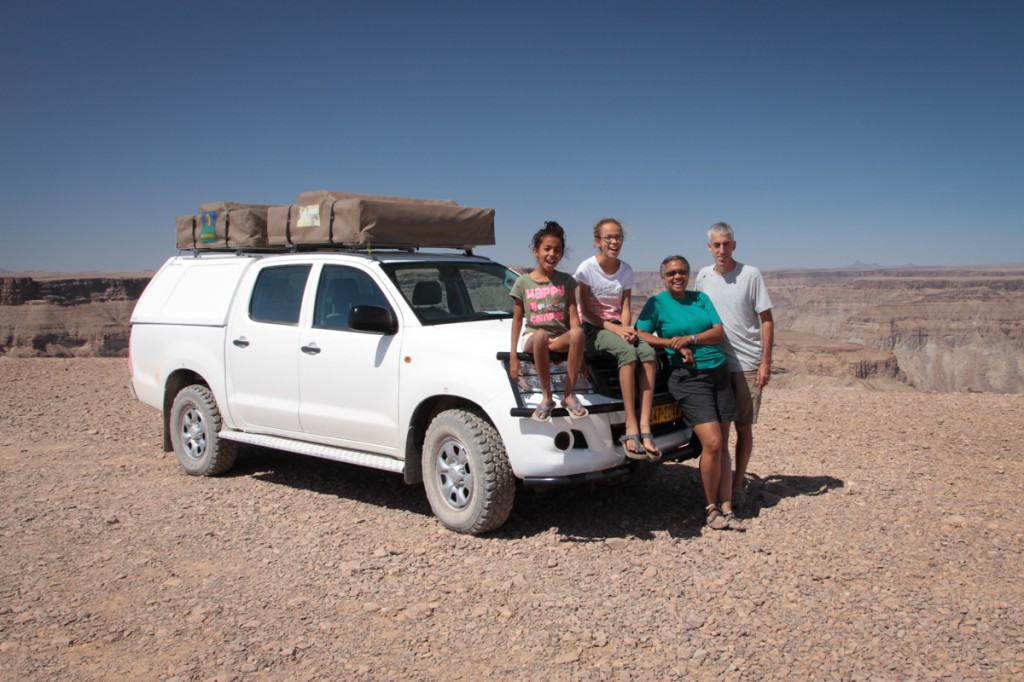
Great Post John, It sounds/loos like everyone is enjoying the different culture you are exposed to.
Your blog is great. I particularly like the comments on silence!
Mom